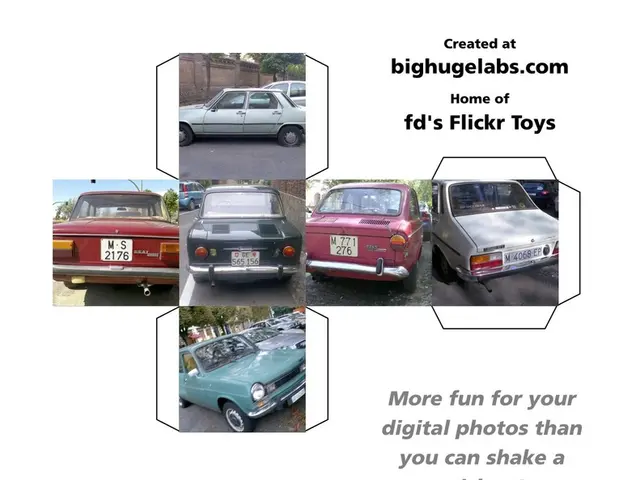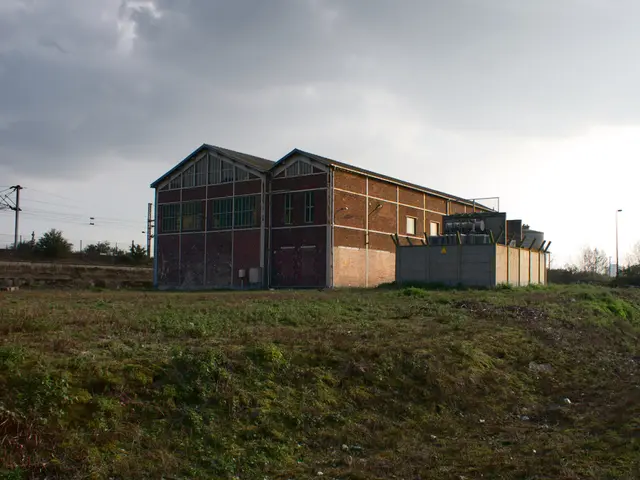Dubai Islands redefines urban design with light and landscape as its language
Dubai is transforming its architectural landscape with the Dubai Islands project. This ambitious venture shifts the city's visual language from vertical towers to horizontal space, expressing progress through innovative use of architecture, water, and atmosphere.
The project's architects, working on the ELLE Residences Dubai Islands, treat light as a tangible material. They use soft, layered lighting to create spaces that feel carefully selected and unique, reflecting Dubai's vibrant and modern scene. The design team reinterprets the region's cultural language through design, translating traditional principles into a new syntax that bridges history with the horizon.
The visual identity of Dubai Islands is built on a refined palette of sand, limestone, water, and light. This allows the landscape to speak through the design, with the shoreline becoming the focus instead of the iconic skyline. In the design process, space is treated as language, structured, layered, and intentional. Open vistas serve as commas, while curved promenades create syntax, guiding visitors through the islands.
Light is the main design tool on Dubai Islands. It's choreographed through orientation and surface to create a time-based composition that shapes emotion and defines memory. New developments like Wynwood by Imtiaz, Ellington Cove, Azizi Wasel, and Bay Villas by Nakheel compose a new architectural rhythm for Dubai, connecting built geometry with natural order. The architecture rejects rigid symmetry in favor of flow, with buildings tracing the rhythm of the landscape and maintaining visual permeability.
The Dubai Islands project redraws Dubai's map with light, creating a spatial continuum where the city seamlessly fades into the sea. Every aspect of the islands' design carries narrative intent, using geometry to shape behavior and suggest how to walk, where to pause, and when to look. This innovative approach to architecture promises to redefine Dubai's urban landscape and offer a unique experience to its residents and visitors.
Read also:
- India's Agriculture Minister Reviews Sector Progress Amid Heavy Rains, Crop Areas Up
- Over 1.7M in Baden-Württemberg at Poverty Risk, Emmendingen's Housing Crisis Urgent
- Life Expectancy Soars, But Youth Suicide and Substance Abuse Pose Concern
- Cyprus, Kuwait Strengthen Strategic Partnership with Upcoming Ministerial Meeting




